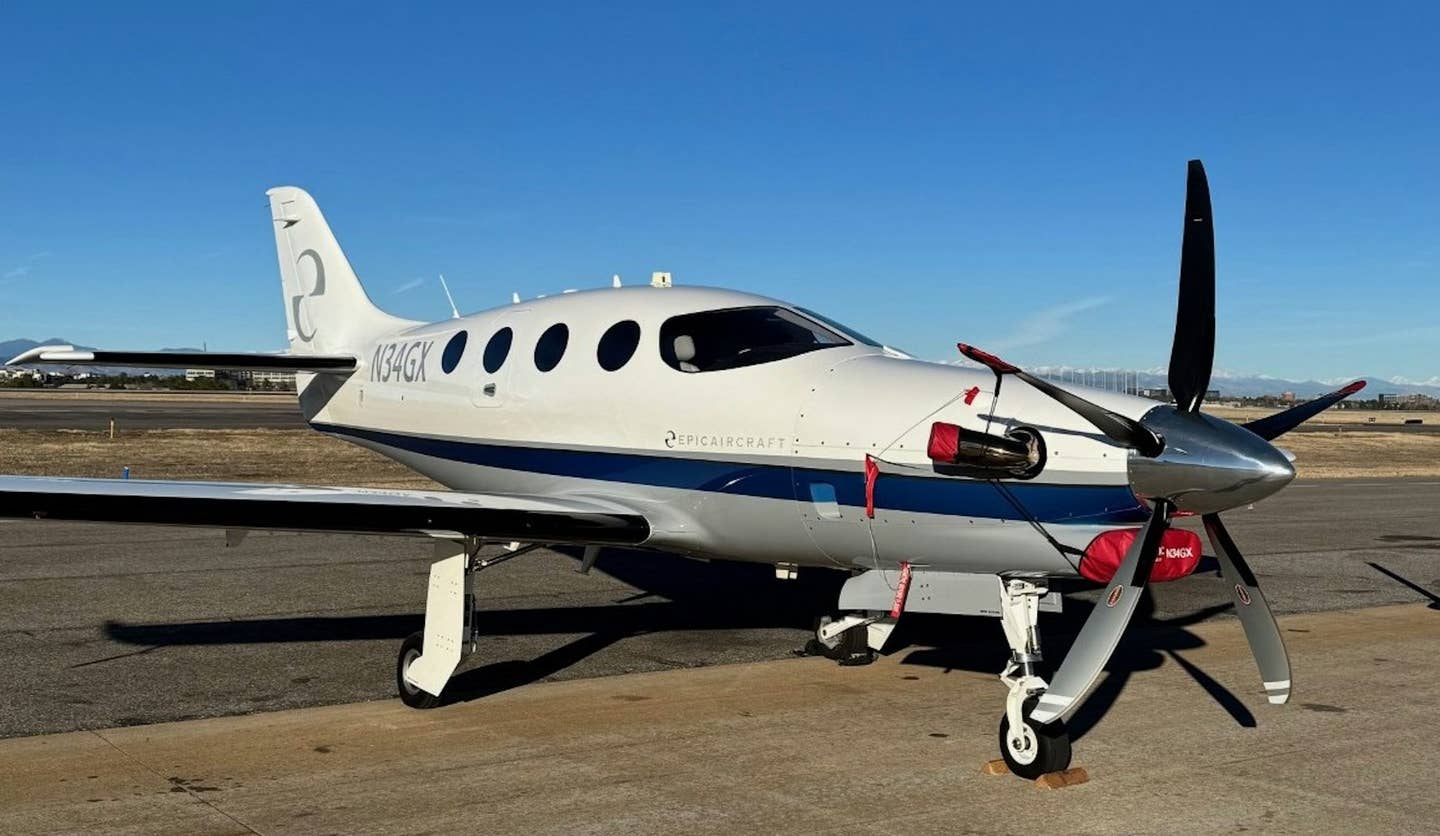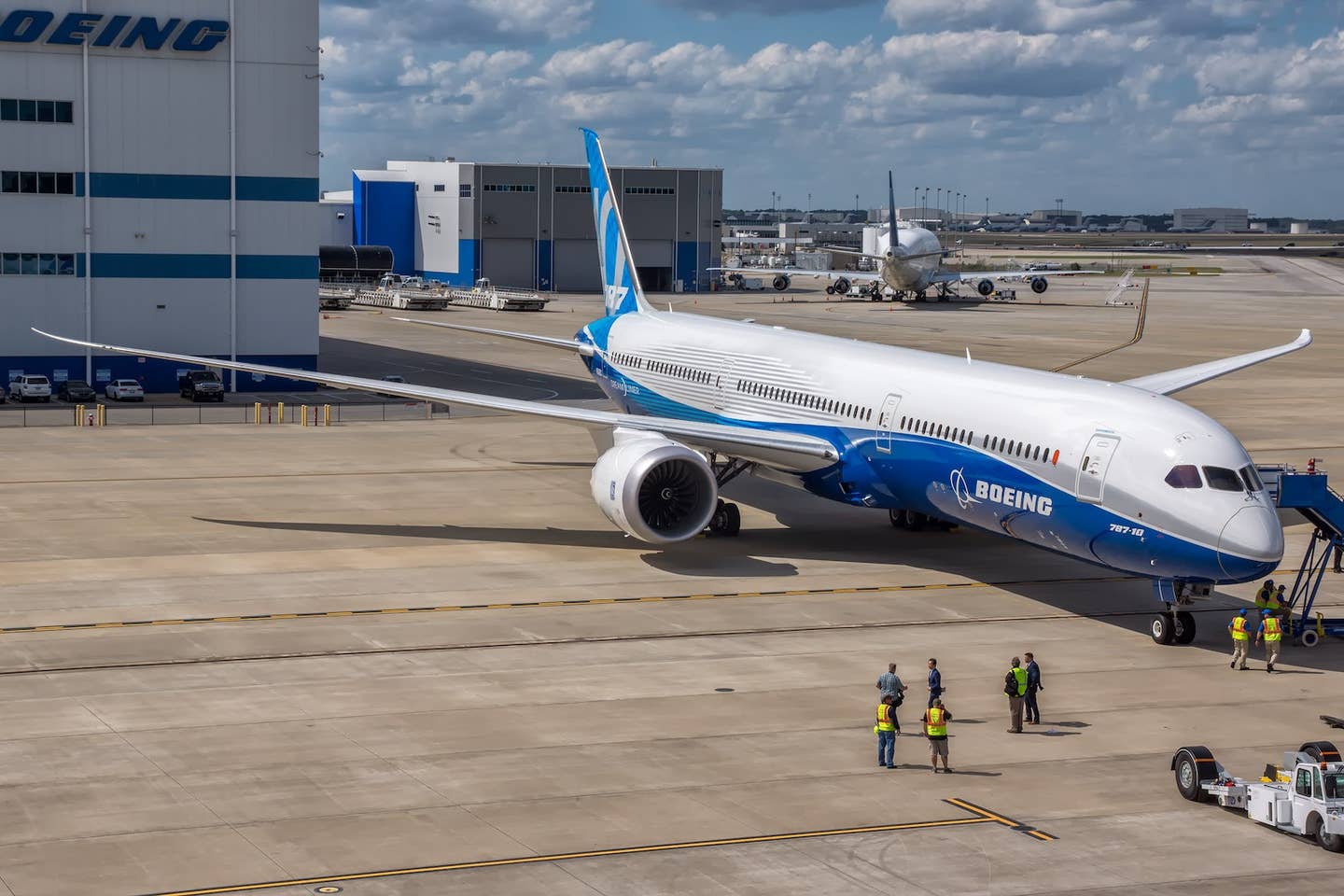
A few weeks ago I flew the Cessna 180 to a nearby grass strip to give a sport pilot practical in a man's Pietenpol Air Camper. Coincidentally, somebody else had just sent me an old Antique Airplane Association magazine. The "Our Lady Antiquer" section in this January-February 1968 issue featured "brand new AAA Member 9010, Martha Franke; of Cincinnati, Ohio (who) owns and flies a 1939 Pietenpol Air Camper and promises to bring it to Ottumwa in '68 barring a 60-65 mph headwind."
"Miss Franke" (a ham, obviously, even back then) told about a friend at Lunken Airport who had bought and dismantled the airplane with plans to restore it with an original Model A Ford engine. Built by Bernard Pietenpol in 1939, N18224 lived in the Minneapolis area for over 25 years, but somebody along the way "modernized" it with a 65 hp Lycoming engine, a tailwheel and heel brakes.
I well remember that rather "wet" evening in 1965, when Ebby Lunken, intrigued by an ad in the "Yellow Rag," bought the Pietenpol over a wall phone in the Sky Galley bar, which, by then, had gone IFR in a gin haze. "EP," my on-and-off fiancé, later husband and eventually ex, was obsessed with World War I vintage airplanes and thought this little parasol wing machine resembled something from that era. Even if it weren't a Spad or a Nieuport, by God, he'd make it look like one. So the following week a young guy delivered it to Lunken, obviously distressed at having to sell his beloved airplane to pay for college and someday, hopefully, fly for Northwest Airlines.
Ebby was very good at dismantling things; I've mentioned his habit of going berserk with diagonal cutters to sever the wiring behind the panels of airplanes he bought. Within a week the Pietenpol was in small pieces in the back of the hangar and Ebby was on a quest for parts — and then he totally lost interest.
Our whirlwind engagement and marriage plans were on indefinite hold. I still worked for him part time at Midwest Airways, but when I found out he was seeing an old flame, an American Airlines stewardess, I returned the beautiful diamond engagement ring. Well, actually, I think I threw it at him. We would each sow our share of wild oats but maintain a relationship until, nine years later, we finally married — which didn't turn out to be the best idea either. Anyway, Ebby didn't want the Pietenpol so my sister and a friend, Mike Devanney, kicked in with me to buy the project. One magical night when I was learning to fly Mike took me up for loops and rolls in his beloved AT-6. Later on we owned a Cub together and maybe there was a little romance along the way — heck, I can't remember. But it would be a deep and lifelong friendship, enduring marriages and divorces (on both sides) and lasting over 50 years.
That winter of '67 to '68, with assorted friends, we recovered the wings and control surfaces under an improvised plastic tent with space heaters in an unheated hangar. I was hugely proud when I "soloed" on the left aileron, but the scalloped trailing edge proved I wasn't very adept with a hair dryer on Ceconite. After that I was relegated to sanding and varnishing woodwork, rib stitching and making coffee runs. We finished it in February and I remember sitting on the runway, shivering in the frigid temperature, but more from the realization that I'd had a hand in assembling this thing.
That next summer I worked for Ebby at Midwest Airways in the mornings and then flew the Pietenpol about 30 miles north to instruct for Johnny Lane in Lebanon, Ohio. We'd replaced the Case magnetos ("tractor mags," everybody sneered) with Bendix mags, but as soon as the engine got hot it would begin to miss. It sounded like one of those old rotary engines with pilots using a "blip switch" to cut power to some of the cylinders — and this does not make for a warm, fuzzy feeling. Going north, I'd try for 4,000 feet in the 12 miles to Blue Ash Airport, where it would begin to act up; at least there were plenty of flat farm fields in those days between there and Lebanon. In the evening I'd climb even higher, circling over Blue Ash if necessary, so that if the little bastard quit I could get it into there or Lunken. In desperation we took it to a genuine A&P mechanic, who tinkered, changed the plugs, checked the fuel and heaven knows what else. Nothing worked until he reinstalled the Case magnetos and it ran beautifully.
That summer of '68 Mike and I did take it to Ottumwa, Iowa, for the Antique Airplane Convention. I'd made a strip map from sectionals because the cockpits were too small to unfold charts, and we stashed underwear and toothbrushes in a canvas sack with a few tools. There was no intercom but that didn't stop "Miss Full Charge" (me) from shouting about traffic patterns, altitudes or headings. Mike blithely ignored these histrionics, and I think it was Crawfordsville, Indiana, where, after landing and taxiing to the fuel pump, we found the locals laughing their heads off. Maybe Michael couldn't or wouldn't understand my tirades, but that parasol wing effectively deflected my voice downward so anybody underneath heard the whole thing. Somewhere in Illinois, when I vigorously wiggled the stick to get his attention and brandished the strip map to indicate he was off course (what a pain in the neck), the slipstream caught the chart and it wrapped itself around the tail wires. A superb navigator and a natural pilot, Mike just laughed and we crossed the Mississippi and flew low along a railroad track under a low overcast into Ottumwa.
Sadly, about 10 years later when my marriage fell apart, I couldn't afford to keep the airplane; happily, the previous owner, Gary Baglian, had graduated from college and realized his dream of flying for the airlines and was able to buy it back. He flew it home to Minnesota, restored it and owns it to this day, while retired and living in Tennessee.
I've always believed there isn't an airplane made I don't love — or couldn't learn to love (although the SA-227 Metroliner came close). Yeah, I'm besotted with big, gas-gobbling, roaring, snorting airplanes like DC-3s, Lodestars, Beech 18s and AT-6s, but I'm also enchanted by the little stuff — Ercoupes (my first airplane), Cessna 120s and 140s, Champs, Cubs, Chiefs and T-Crafts. The Pietenpol, at least the one I owned, was probably the lightest and "quirkiest" airplane in memory, but even though it wasn't a stable, hands-off machine it was honest and flew pretty much like any other airplane.
I have an ungodly number of hours from way back instructing in Cessna 150s — great little airplanes that are fun to fly and make excellent trainers. So when a local flight school recently asked me to do a private pilot practical test in its Cessna 162 Skycatcher I agreed, assuming it was just a lighter, stripped-down version of the 150. Well, I'm no Peter Garrison when it comes to aircraft design or aerodynamics, but my reaction to this thing was considerably less than enthusiastic. Evidently I'm not alone here since even Cessna stopped selling the Skycatcher despite having dozens of them in inventory.
It's tiny, noisy and uninsulated, and it behaves badly in anything but calm winds. The gull-wing doors make it awkward to climb in or out. The castering nosewheel and awkwardly positioned pedals mean you almost have to ride the brakes while taxiing, and the "Johnson Bar" flap handle is so stiff it takes both hands — interesting on final approach. Then there's an issue with uneven control pressures in flight. The ailerons and elevator are controlled by a gadget that's somewhere between a sidestick (like on a Cirrus) and a conventional center stick. It takes considerable pressure to move this spring-loaded contraption left or right to deflect the ailerons, but pitch control is super-sensitive. However, maybe Cessna believed all this is unimportant because it has a glass cockpit. Unfortunately the information is unreadable from the right seat — maybe a plus for the student or applicant!
Well, this was going to be a story about having found an airplane I don't like. But when I flew home that evening the young man who fueled my 180 told me he was learning to fly.
"Good for you. In what?" I asked.
"A Skycatcher, and I love it."
So I started thinking about the Ercoupe that I learned to fly in. No rudder pedals, awkward to taxi with that stiff control wheel, noisy, no insulation, a canopy we had to wire shut, a sink rate like a Mosler Safe — and I loved it.
I guess there isn't an airplane made I don't love.
Get online content like this delivered straight to your inbox by signing up for our free enewsletter.

Sign-up for newsletters & special offers!
Get the latest FLYING stories & special offers delivered directly to your inbox






